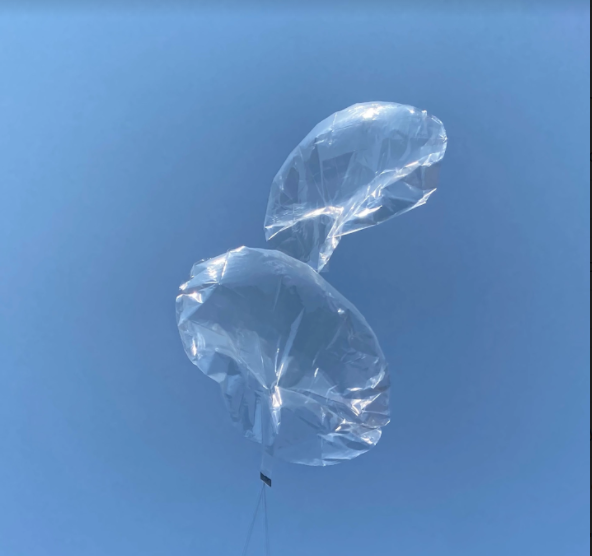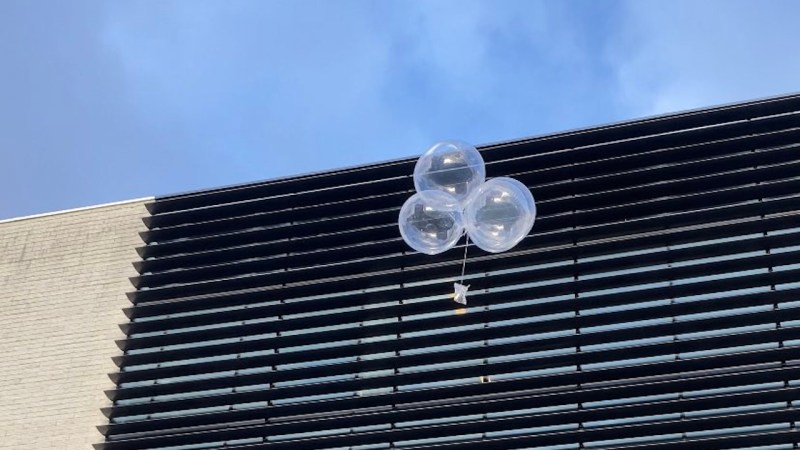The electronic warfare system is capable of detecting and jamming hostile radars.
[116] The AAQ-40 EOTS is mounted internally behind a faceted low-observable window under the nose and performs laser targeting, forward-looking infrared (FLIR), and long range IRST functions.
[117] The ASQ-242 CNI suite uses a half dozen different physical links, including the directional
Multifunction Advanced Data Link (MADL), for covert CNI functions.
[118][119] Through sensor fusion, information from radio frequency receivers and infrared sensors are combined to form a single tactical picture for the pilot. The all-aspect target direction and identification can be shared via MADL to other platforms
without compromising low observability, while
Link 16 is present for communication with legacy systems.
[120]


